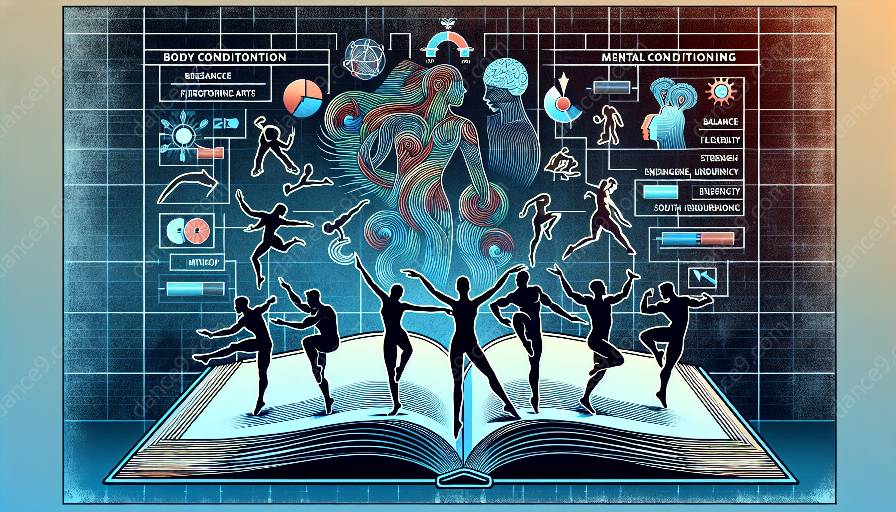Dance is a physically demanding art form that requires strength, flexibility, and endurance. Dancers often push their bodies to the limit, leading to exhaustion and fatigue. Therefore, implementing effective recovery strategies and fatigue management techniques is crucial for dancers to maintain peak performance and overall well-being.
Importance of Recovery Strategies
Recovery strategies are essential for dancers to repair and rejuvenate their bodies after intense training or performances. These strategies help prevent injuries, reduce muscle soreness, and improve overall physical and mental health. By incorporating proper recovery techniques, dancers can enhance their endurance, flexibility, and strength while minimizing the risk of burnout and overtraining.
Types of Recovery Strategies
1. Rest: Adequate rest is fundamental for dancers to allow their bodies to recover and repair muscles. Quality sleep and relaxation help restore energy levels and promote physical and mental recovery.
2. Nutrition: Proper nutrition is crucial for dancers to replenish their energy stores and support muscle recovery. A well-balanced diet rich in protein, carbohydrates, and healthy fats is essential for enhancing performance and preventing fatigue.
3. Hydration: Staying well-hydrated is essential for dancers to maintain optimal performance and prevent dehydration-related fatigue and muscle cramps. Drinking adequate fluids before, during, and after dance rehearsals or performances is vital for recovery.
4. Active Recovery: Engaging in low-impact activities such as swimming, yoga, or light stretching can help dancers improve circulation, reduce muscle tension, and promote recovery without overtaxing the body.
Fatigue Management
Managing fatigue is paramount for dancers to avoid physical and mental burnout. Fatigue can negatively impact performance, increase the risk of injury, and hinder overall well-being. Implementing effective fatigue management strategies can help dancers maintain sustainable energy levels and mental focus.
Effective Fatigue Management Techniques
1. Time Management: Balancing dance rehearsals, performances, and personal time is essential for preventing exhaustion and burnout. Proper scheduling and time management allow dancers to allocate time for rest, recovery, and relaxation.
2. Mental Rest and Relaxation: Practicing mindfulness, meditation, or relaxation techniques can help dancers manage stress, improve mental clarity, and reduce fatigue. Taking short breaks and engaging in enjoyable activities outside of dance can also rejuvenate the mind and body.
3. Strategic Training: Structuring dance training to include periods of intense work and adequate rest can help prevent excessive fatigue and overtraining. By implementing strategic training plans, dancers can optimize performance while minimizing the risk of burnout.
4. Self-Care: Prioritizing self-care activities such as massage therapy, hot/cold treatments, and self-myofascial release can aid in relieving muscle tension, promoting relaxation, and managing fatigue.
Integration with Body Conditioning for Dancers
Recovery strategies and fatigue management are integral components of body conditioning for dancers. Proper recovery techniques enhance the effectiveness of body conditioning exercises by allowing muscles to repair and adapt to training stimuli. By incorporating effective recovery strategies, dancers can optimize the outcomes of body conditioning programs and improve strength, endurance, and flexibility.
Connection to Physical and Mental Health in Dance
Recovery strategies and fatigue management are closely linked to the physical and mental health of dancers. By prioritizing recovery and fatigue management, dancers can reduce the risk of injuries, enhance physical performance, and promote mental well-being. These strategies contribute to a holistic approach to health and wellness, ensuring that dancers can sustain long-term success and enjoyment in their art form.


































